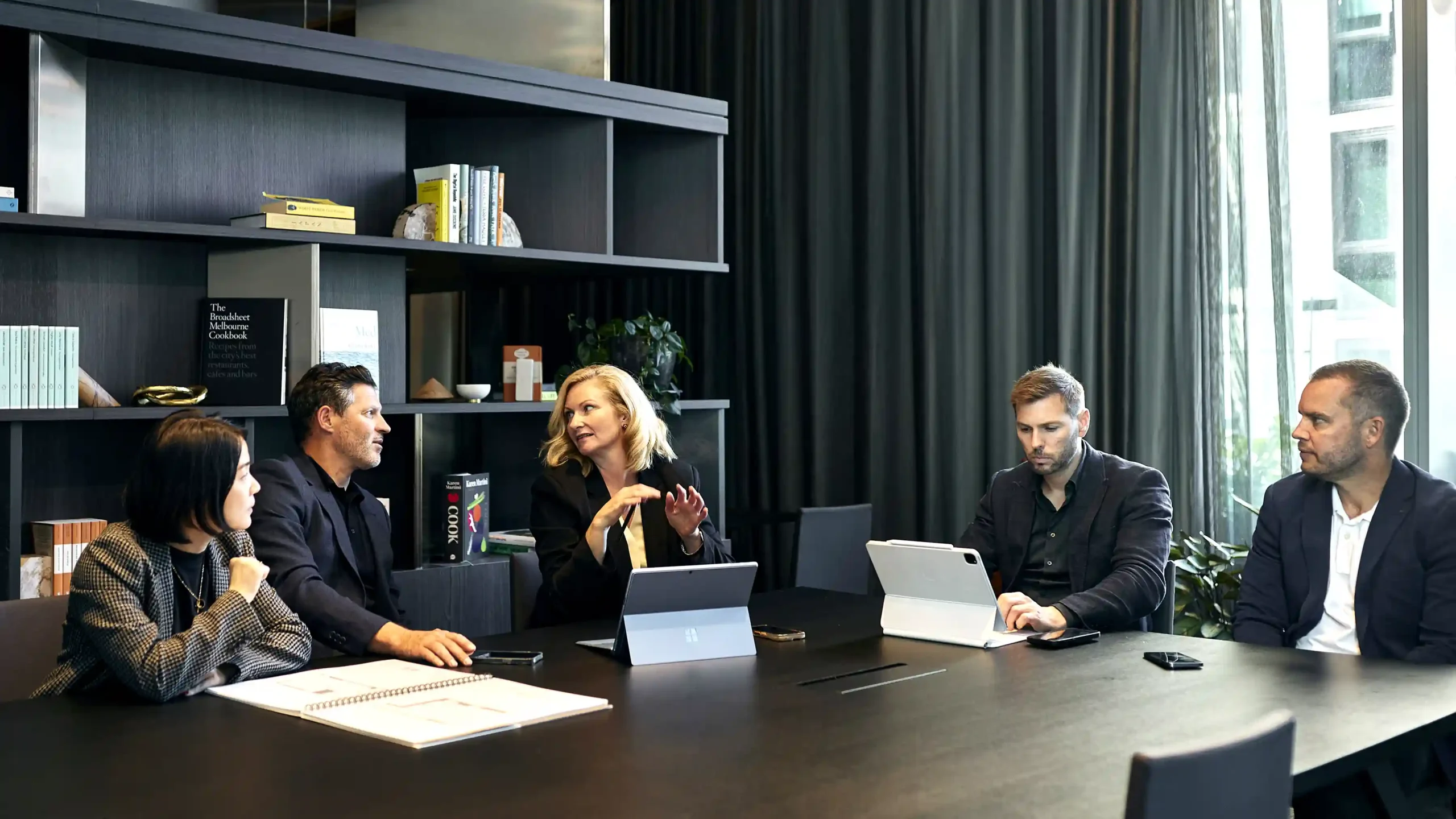As a business owner or manager, you’ve surely found yourself in more than one situation where you needed professional photos for your website, showcasing your office premises, or introducing your team members. That’s the type of photography we call “corporate photography” or “business photography.”
In this article, we’ll explain why corporate photography is a must for every brand, how it can be strategically utilised, and the different types of corporate photography you can leverage.
Introduction to Corporate Photography
Corporate photography encompasses all types of professional photography used to promote a company’s brand, products, and services. This includes headshots, team photos, office environment shots, product images, event coverage, and more.
Corporate photographs can be powerful tools for building a professional image and establishing credibility with clients and partners. Let’s talk about the importance of professional corporate photography.
The Importance of Professional Corporate Photography
High-quality visuals help to humanise your brand, making it more relatable and trustworthy. They can also enhance your social media presence, improve employee engagement, and create a cohesive visual identity across all platforms.
But aside from that, photographs can also make your brand more memorable in the minds of your audience. A study by MDG Solutions found that, on average, adding a picture can improve information recall by 65%. Another study found that 93% of consumers consider visual appearance the critical factor in a buying decision.
So, adding professional corporate photography to your website or marketing materials can definitely help you create a more memorable impression on your audience and, as a result, attract more customers to your door.
If you are thinking about getting some professional corporate photography done it’s often a great idea to start with a plan or a strategy. So, below I have listed 3 key elements to consider in your marketing and branding photography strategy.
Marketing and Branding Photography Strategies for Your Corporate Photo Sessions
1. Establish a strong visual identity
Corporate photography is about more than just professional-looking headshots or photos of nicely styled offices. It’s about capturing the authenticity and the realness of the people, spaces, and activities behind your brand.
High-quality photos help establish a company’s visual identity, making it instantly recognisable. Consistent and professional photos of products, services, office environment, staff, and events reinforce the brand’s image and values.
Moreover, customers and clients are more likely to engage with a company that presents itself well visually. Studies have found that consistent visual elements can help brands increase their revenue by 23%.

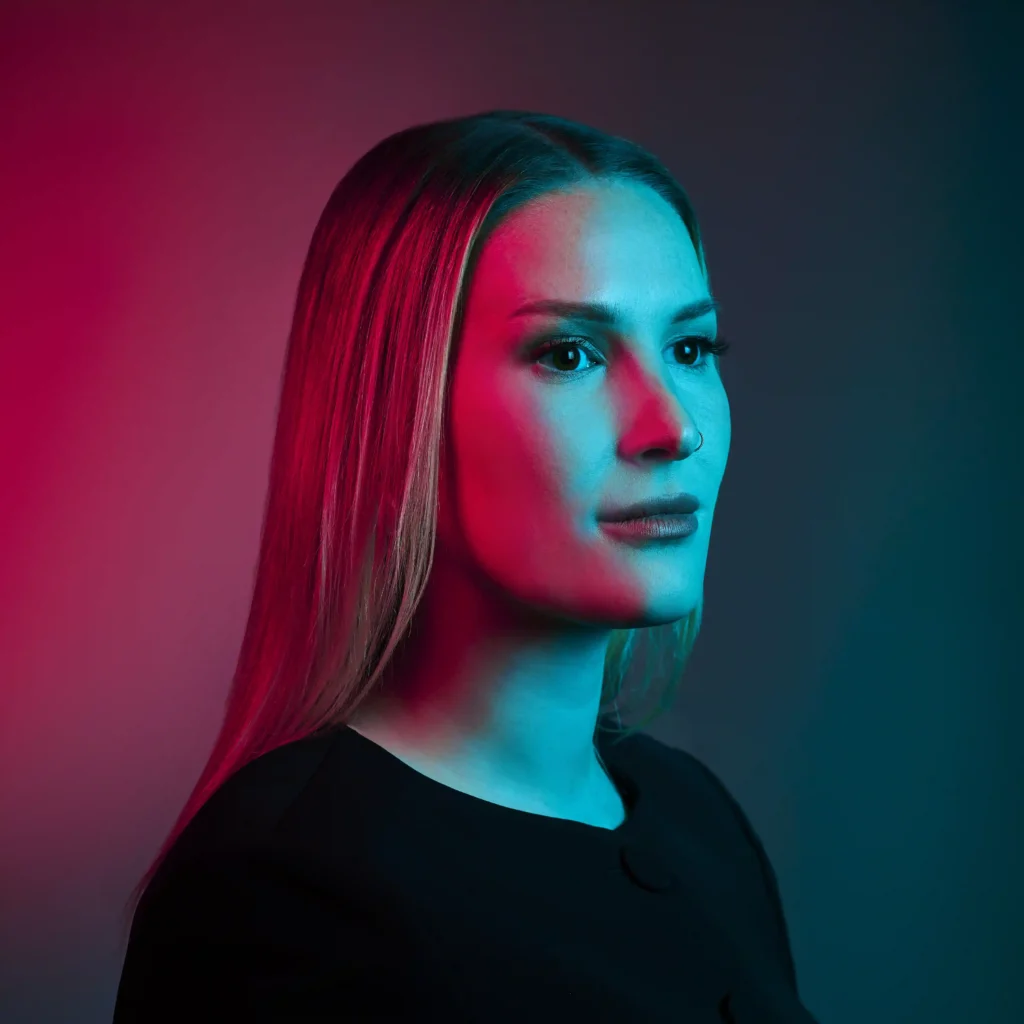

2. Tell a story with your corporate photos
You’ve undoubtedly heard the refrain, “A picture is worth more than a thousand words.” This is true in the case of corporate photography. Corporate images can tell a story, elicit emotion, highlight values, company culture and personality, as well as document milestones and successes. This storytelling aspect helps connect with the audience on a deeper level, making the brand more relatable and memorable.
Corporate photography is also able to depict the process of customer engagement and the function and usability of a product or service.


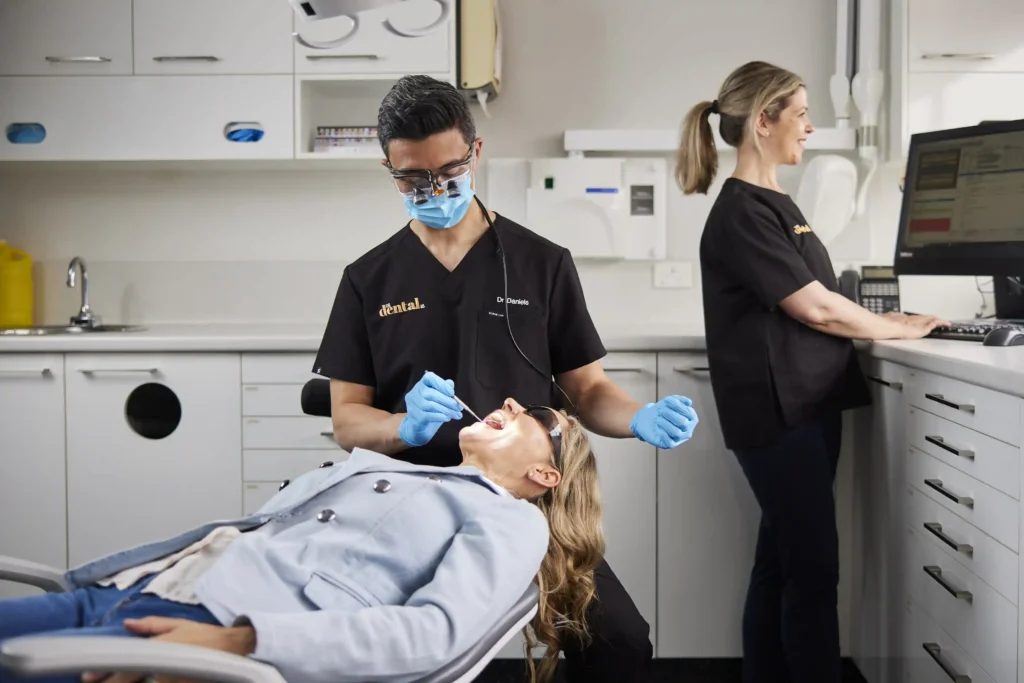
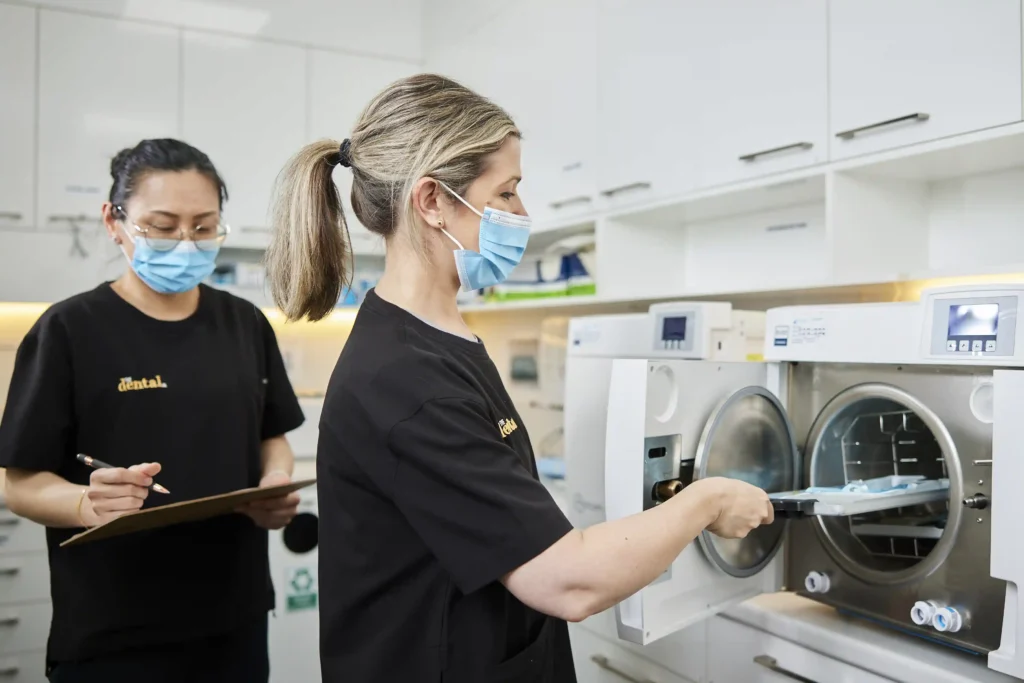
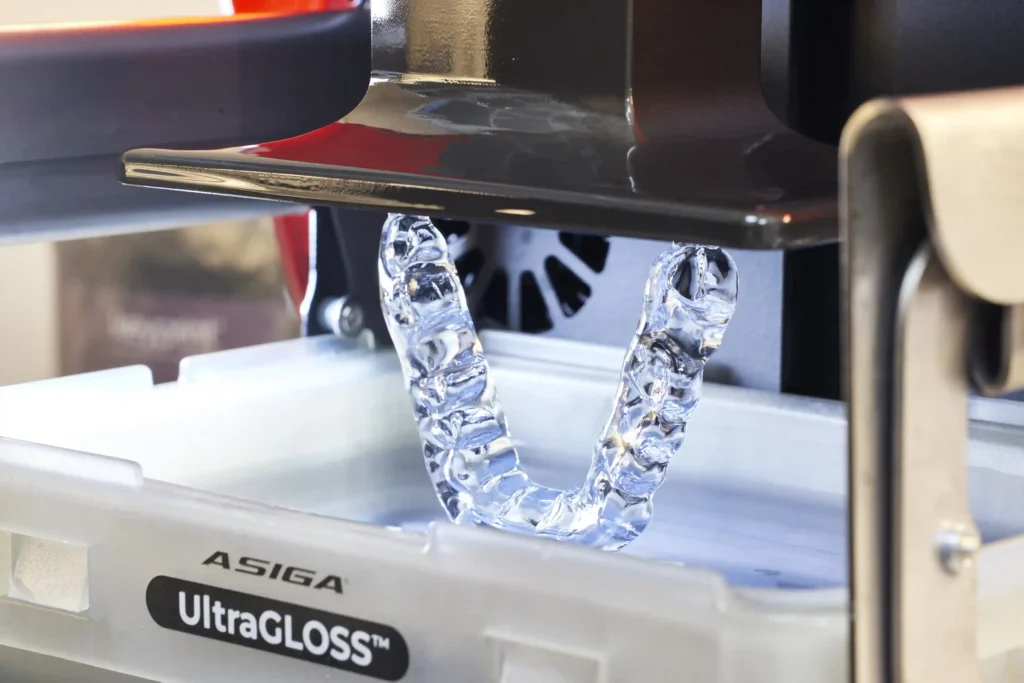

3. Present yourself consistently across all touchpoints
Using professional photography ensures consistency across all marketing materials. Whether it’s for the website, social media, or print ads, cohesive visuals maintain a uniform brand message.
Corporate photography plays a pivotal role in establishing and maintaining a consistent brand image. High-quality, professionally taken photographs communicate a company’s commitment to excellence and attention to detail. Whether it’s headshots of the leadership team, candid shots of employees at work, or images of the office environment, these photos help to humanise the brand and build trust with any potential clientele.
8 Main Corporate Photography Types
Different types of corporate photography serve different purposes. Each type of business photography highlights various aspects of a business. Here are the main business image capture styles.
1. Professional Headshot Photography
Corporate headshots are simply photographs of employees, often used on company websites, LinkedIn profiles, and marketing materials. The style of these portraits can vary depending on company branding and style guides.
For example, financial and law firms might prefer headshots with neutral, plain backgrounds to convey professionalism and seriousness, while other companies might opt for more relaxed settings, such as employees sitting at a desk or near a window, to reflect a friendly and approachable culture.
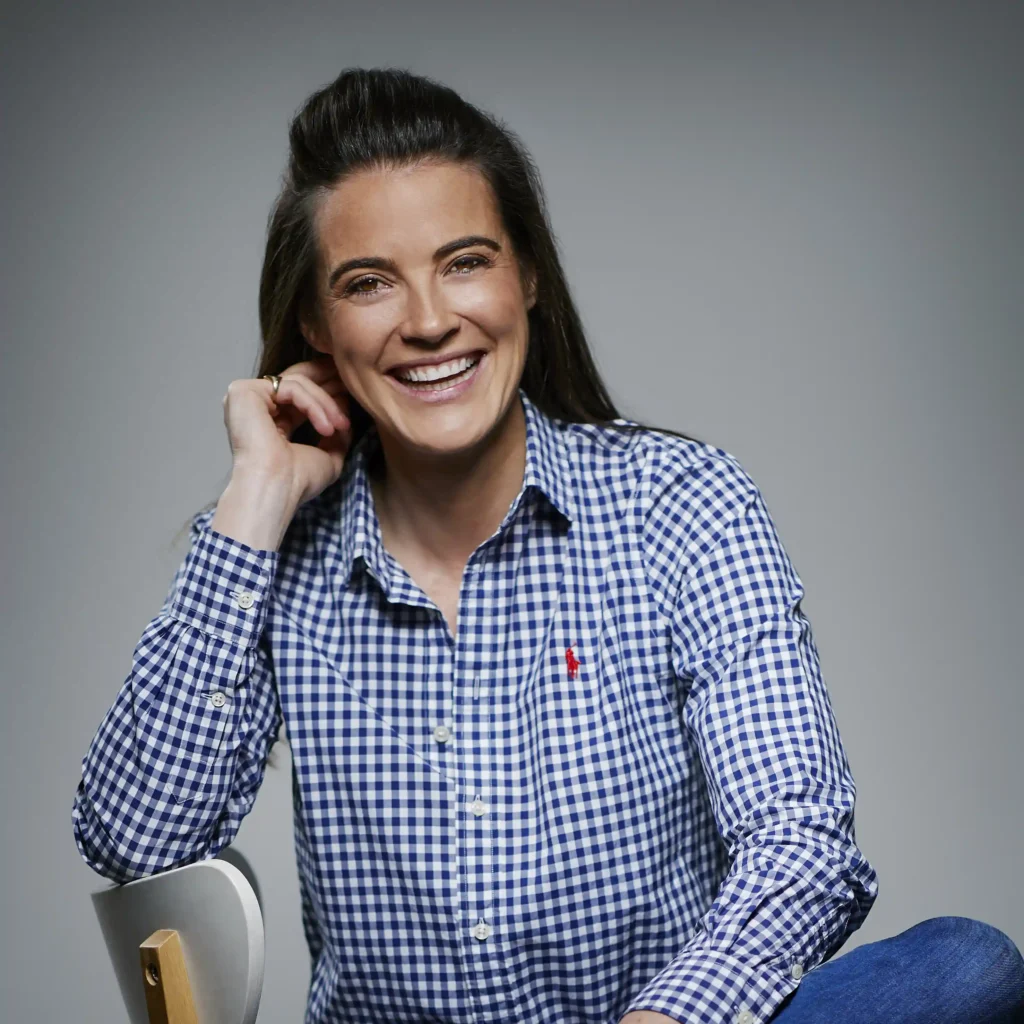


2. Event Photography
Event photography involves taking photos at corporate events like conferences, meetings, product launches, and company parties to document and promote them.
If you want high-quality shots that genuinely showcase the atmosphere of your event, hiring a corporate photographer specialising in event photography is a must.
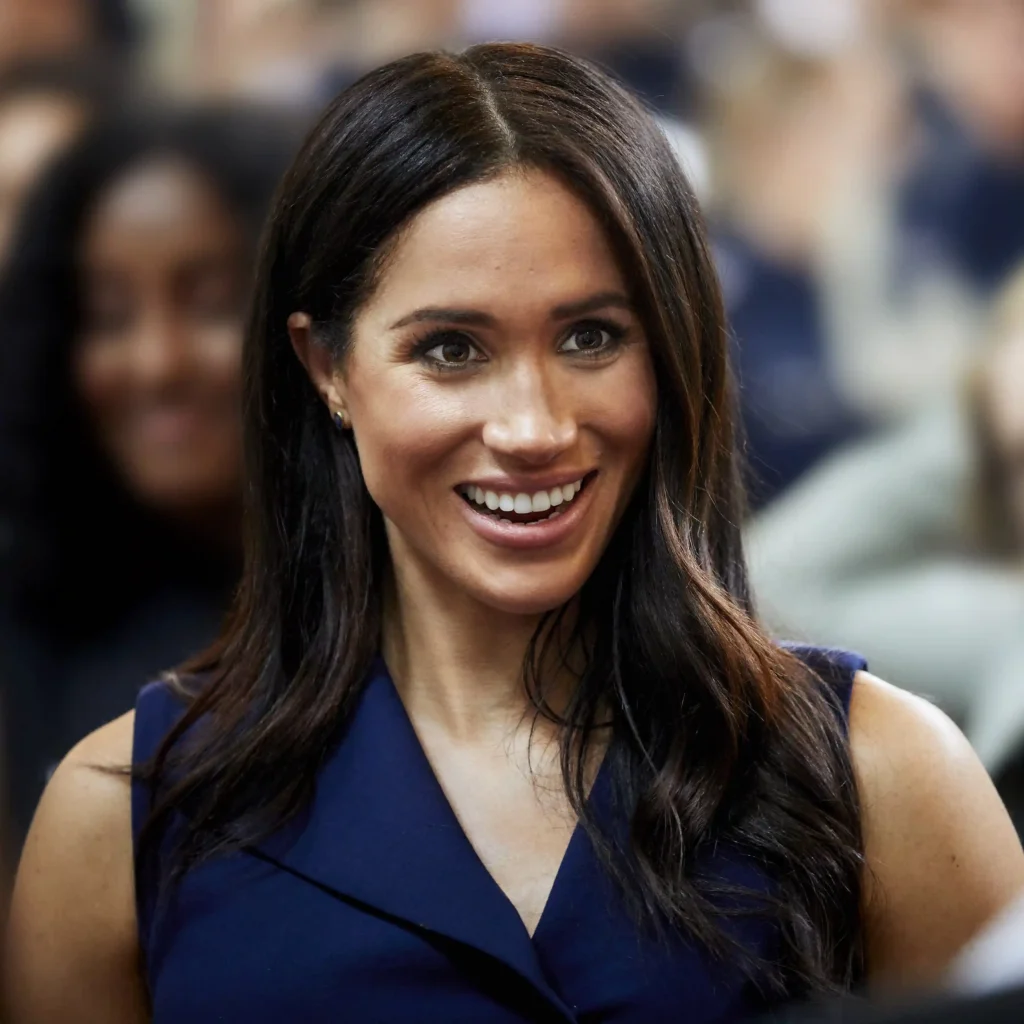
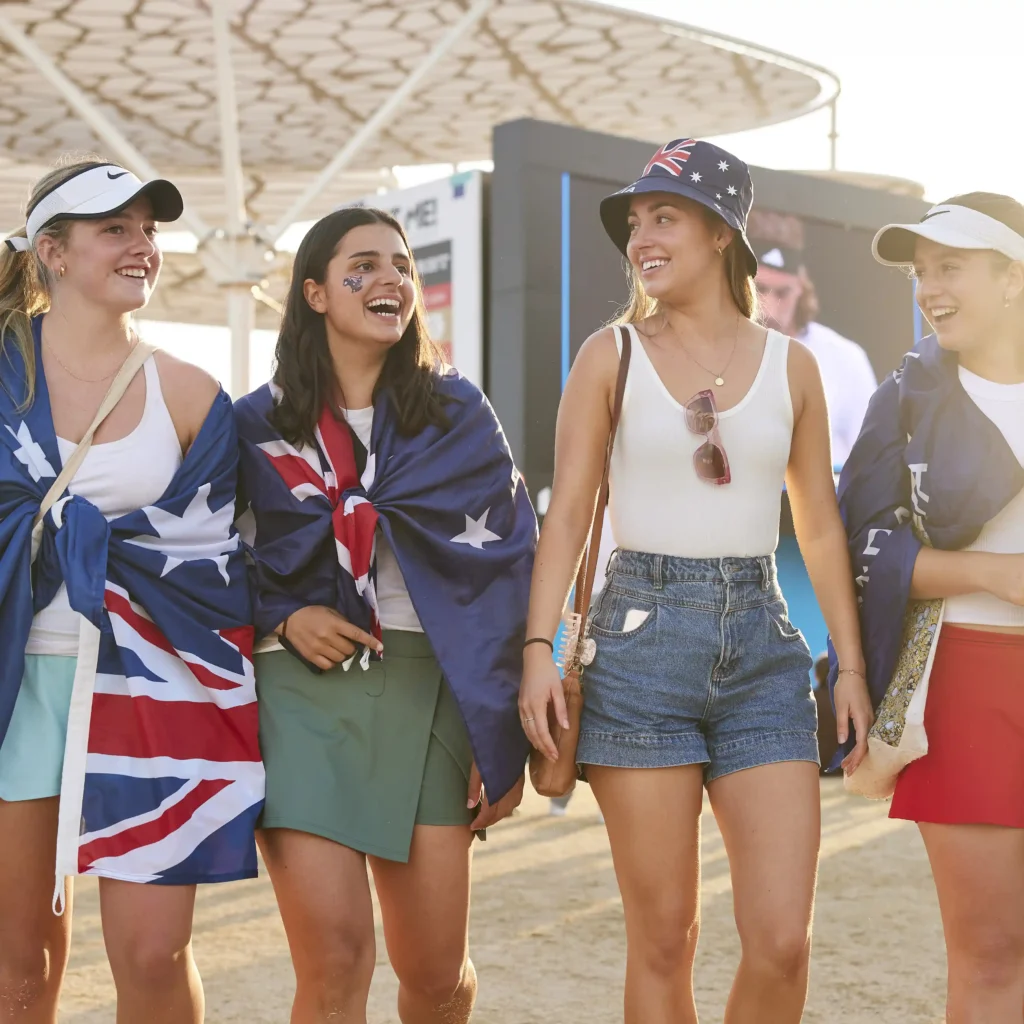

3. Product Photography
Product photography is the art of capturing professional photos of your products that you can showcase on your e-commerce store or advertising materials. When done effectively, product photography highlights the features, quality, and unique selling points of your items, helping customers make informed purchasing decisions.
Professional product photographers use various techniques to ensure your products look their best in photos. These may include proper lighting, strategic placement, and editing to enhance colours and details. Professional product photography can also set a style, tone and feel for a product or service and detail its form, function and usability.

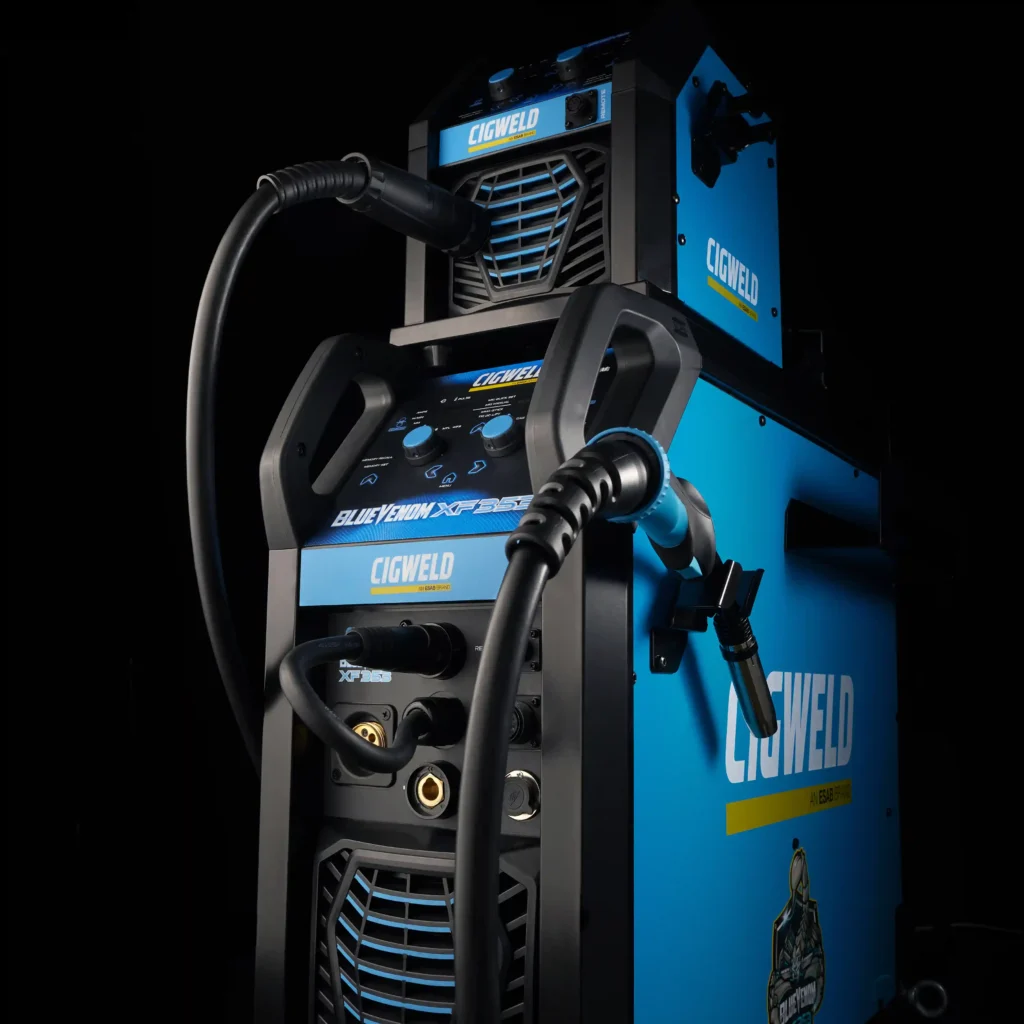
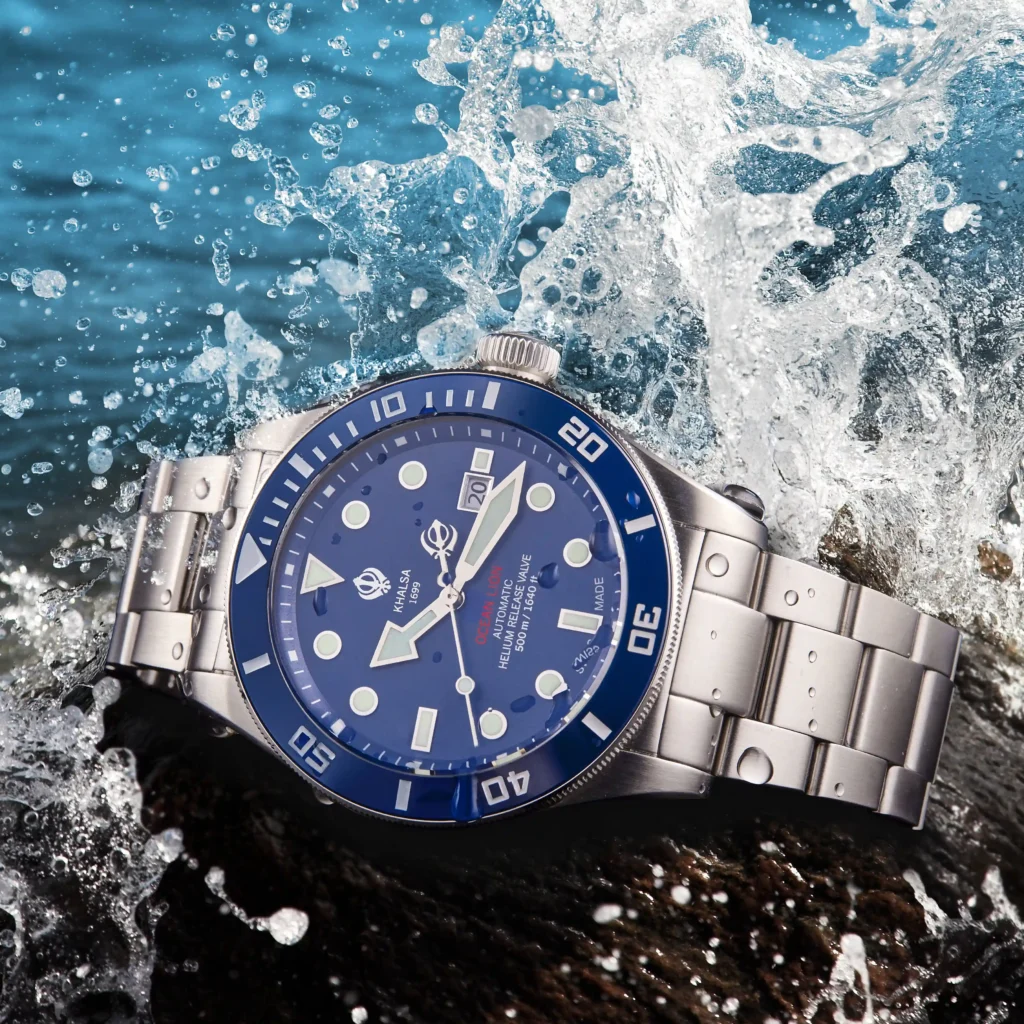
4. Office and Environmental Photography
Office and environmental photography captures images of the workplace environment, including office spaces, workstations, and facilities. Using these images in marketing materials, websites, and internal communications gives others a glimpse into your company’s everyday operations and atmosphere.
Office photography gives people an Idea of the feel, approachability and style of a company while also having the effect of lowering any potential client engagement anxiety by familiarising the potential customer with the workplace environment.
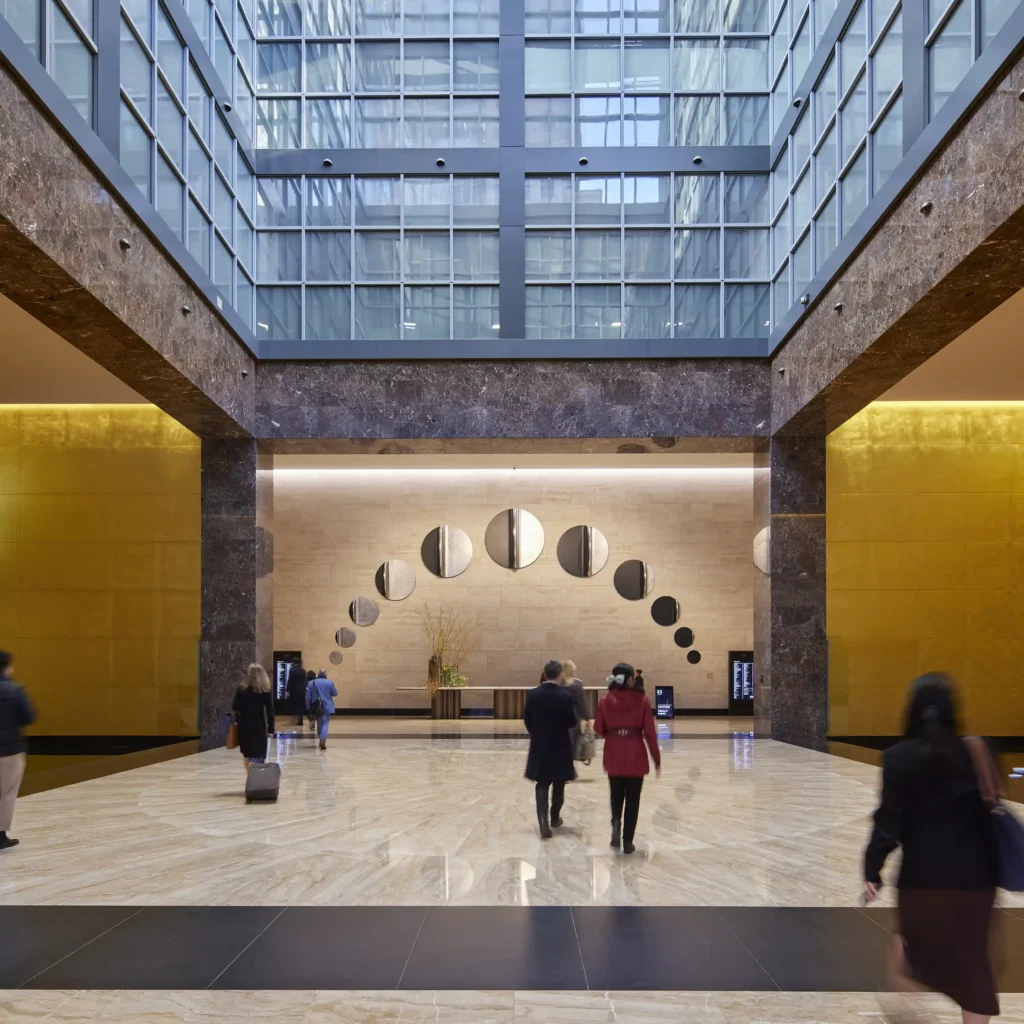
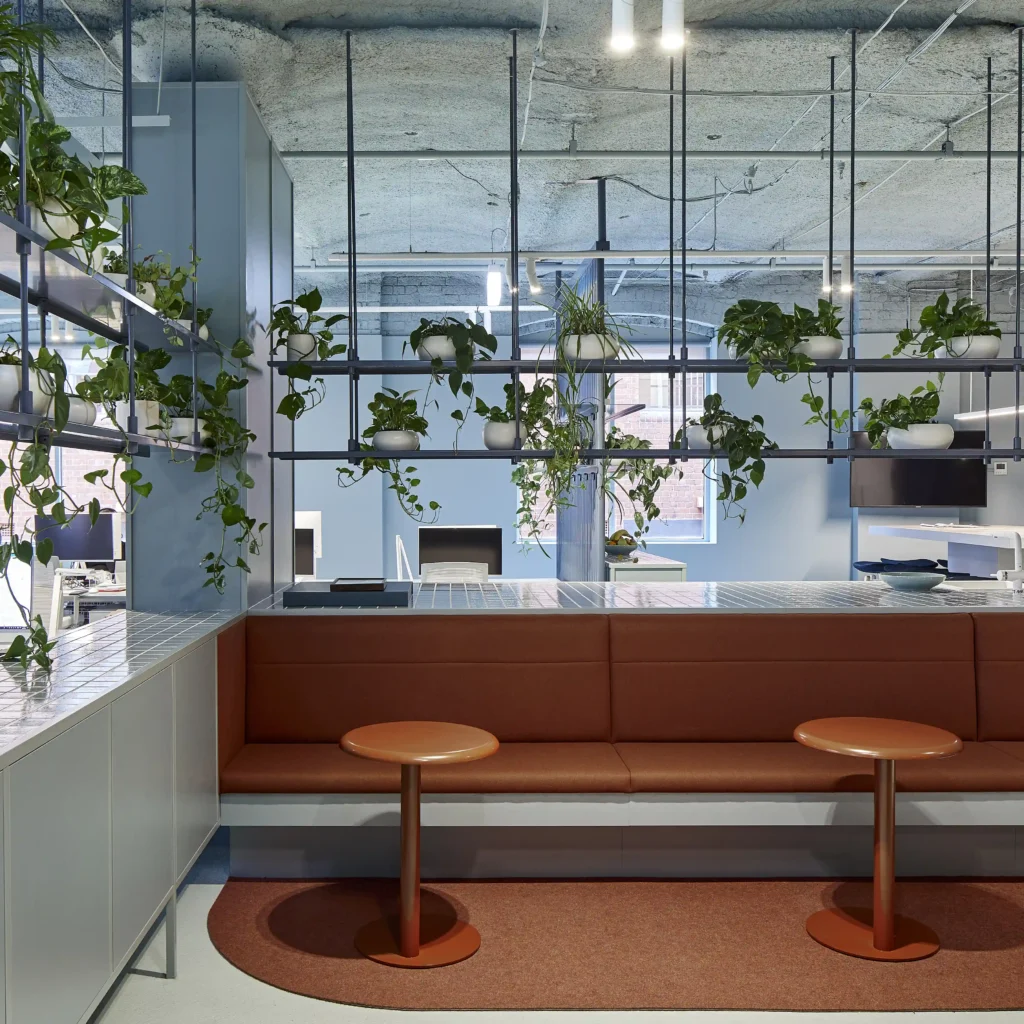
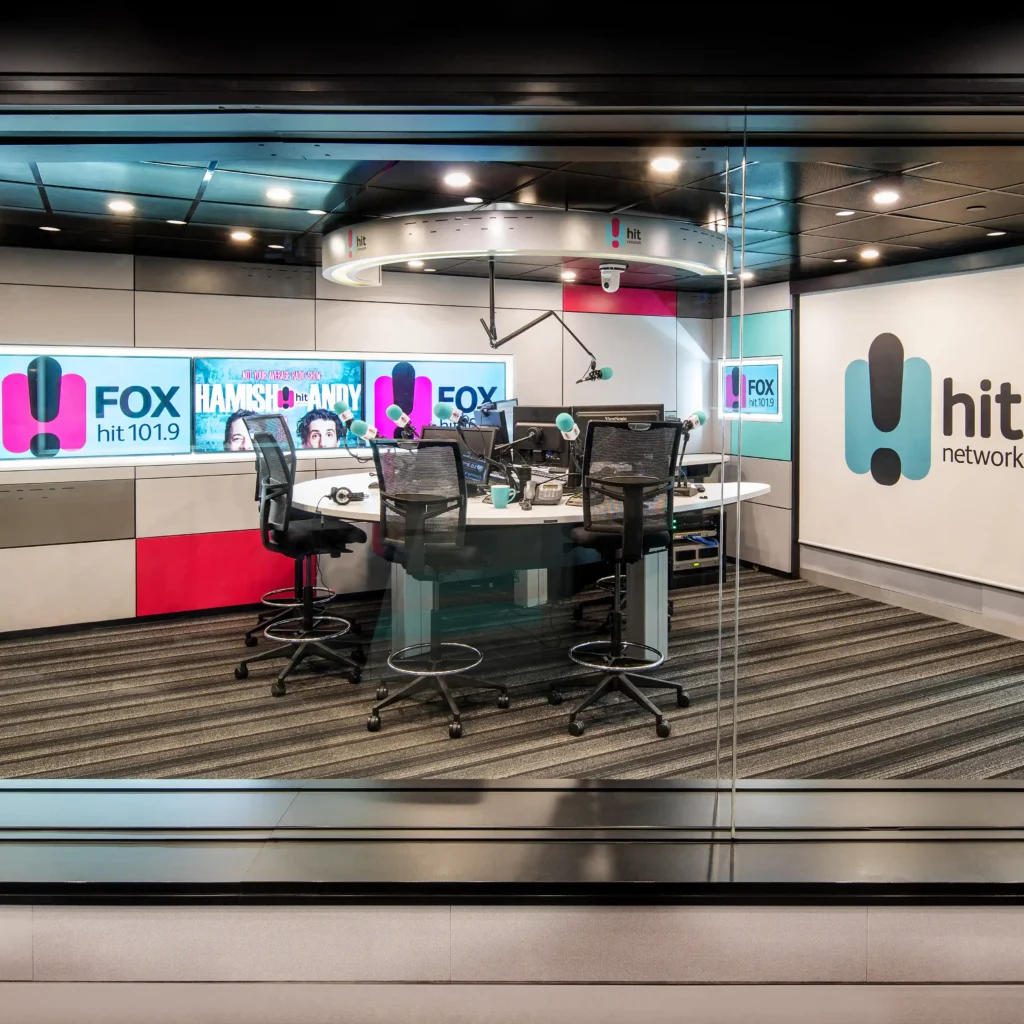
5. Corporate Lifestyle Photography
Corporate lifestyle photography captures moments at the company’s offices or premises, such as employees meeting with clients, collaborating on projects, and visiting various sites.
The photos often feature candid shots of employees working, collaborating, and interacting, giving viewers an authentic glimpse into the company’s culture and daily activities. These images serve to humanise the business and create a connection with its audience.



6. Branding Photography
Branding photos highlight your company’s themed setups that communicate your unique style and message. These photos help people recognise and remember your brand by detailing its colour scheme and imagery as well as set a tone and style that is consistent and professional.


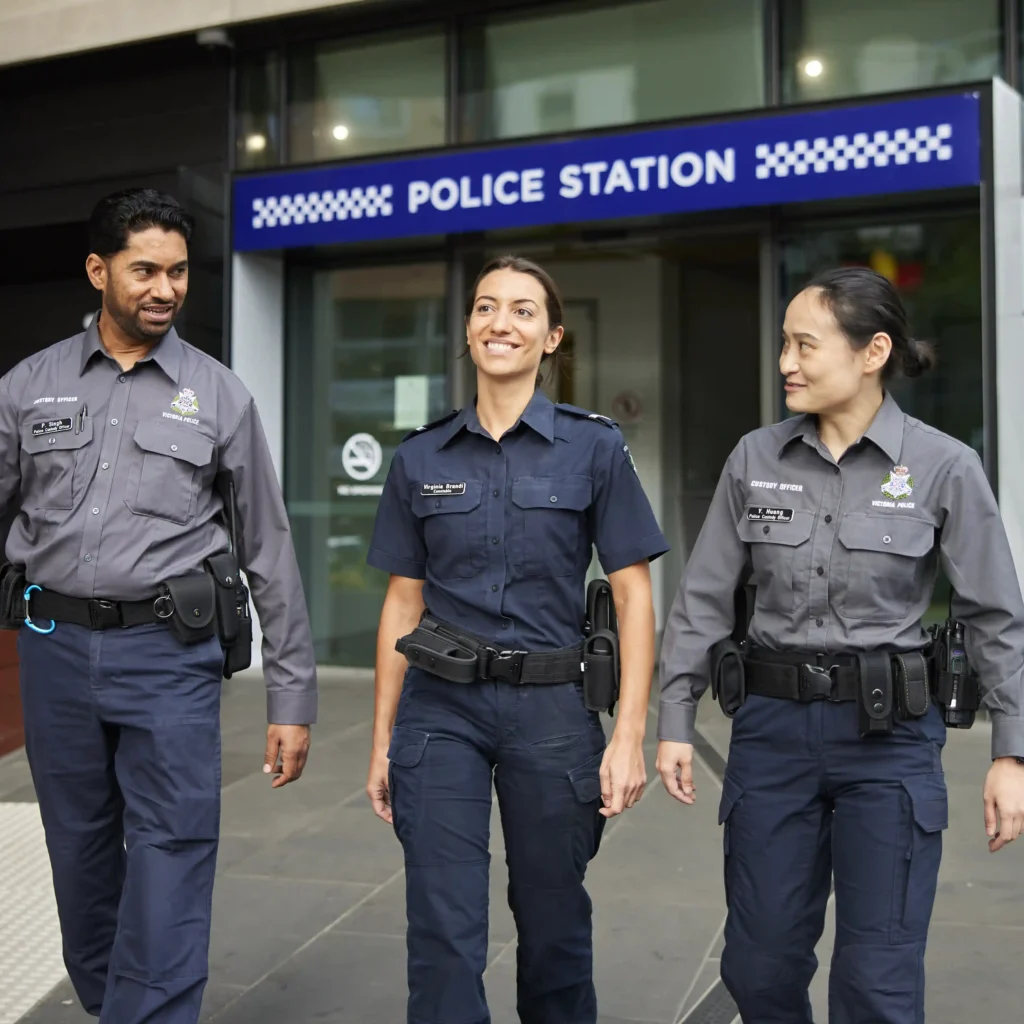
7. Team and Group Photography
Team and group photography showcases your team’s unique style and culture. These photos are natural and engaging, capturing group shots of departments or the entire company and can be showcased on your website, newsletters, or marketing materials. They help convey a sense of unity and teamwork and provide a visual representation of the people behind the company.
Having up-to-date headshots and team photography is crucial for building rapport and trust with consumers, ensuring that who they see online is who they will meet face-to-face.
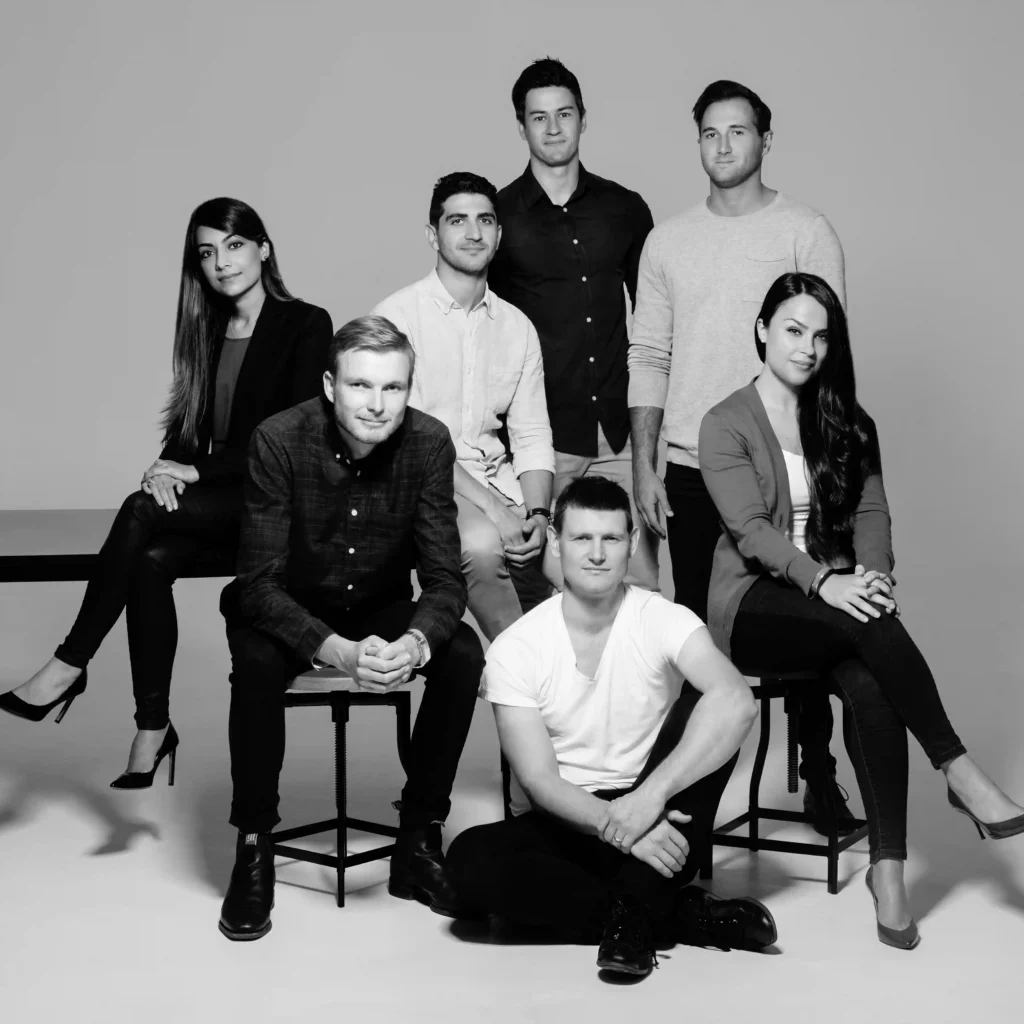


8. Editorial and PR Photography
Editorial and PR photography provides images for press releases, articles, and media coverage. These photos often feature executives or highlight major company events and achievements, and they are used to communicate important news and updates to the public, helping to shape the company’s public image and reputation.
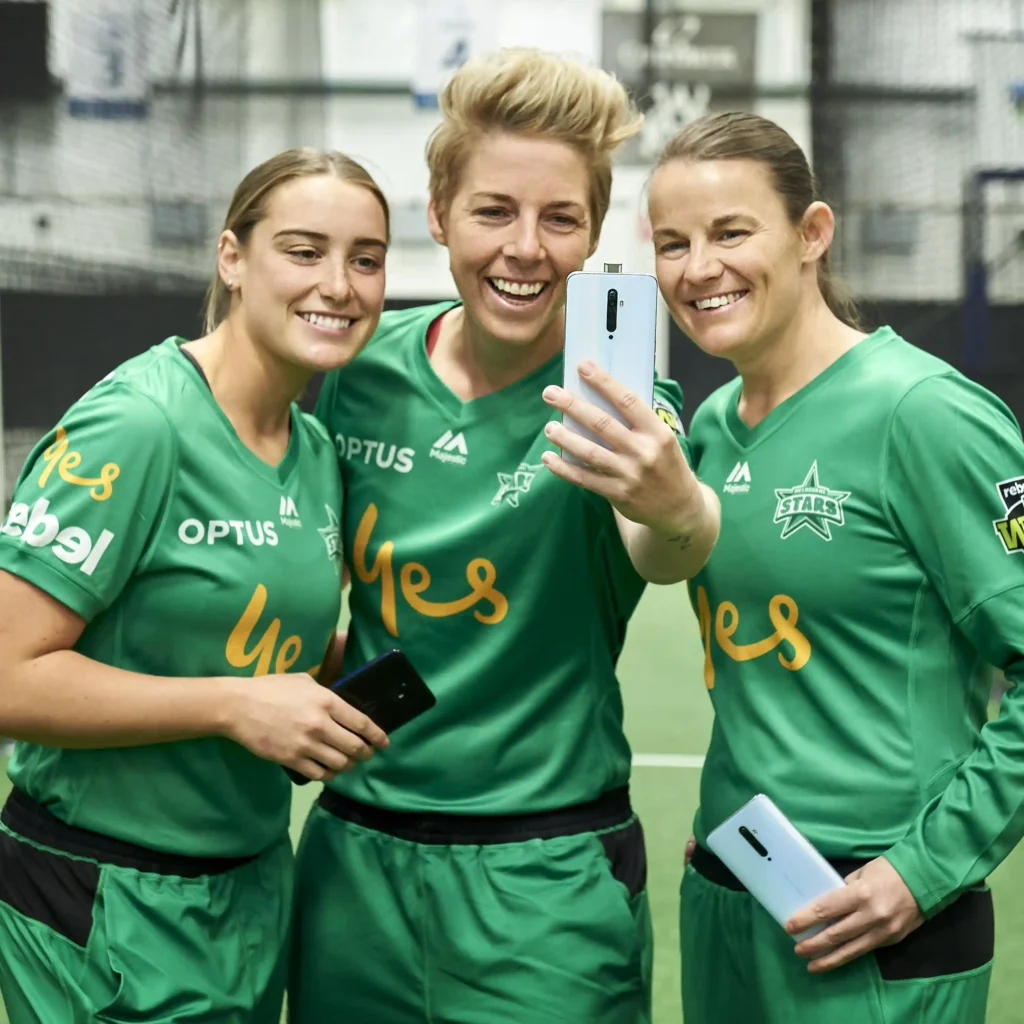


Are You Thinking About Hiring a Corporate Photographer?
Corporate photography is all about capturing the essence of your business in a professional and visually appealing manner. That’s why hiring a corporate photographer is often the best decision.
If you’re looking for high-quality images that accurately represent your brand, boost your marketing efforts, and enhance your company’s image, at Kit Photography, we offer corporate photography in Melbourne – from corporate headshots and event photography to product and branding photography.
If you have any questions or want to have a chat about your corporate photography needs, please don’t hesitate to give us a call at Kit Photography.
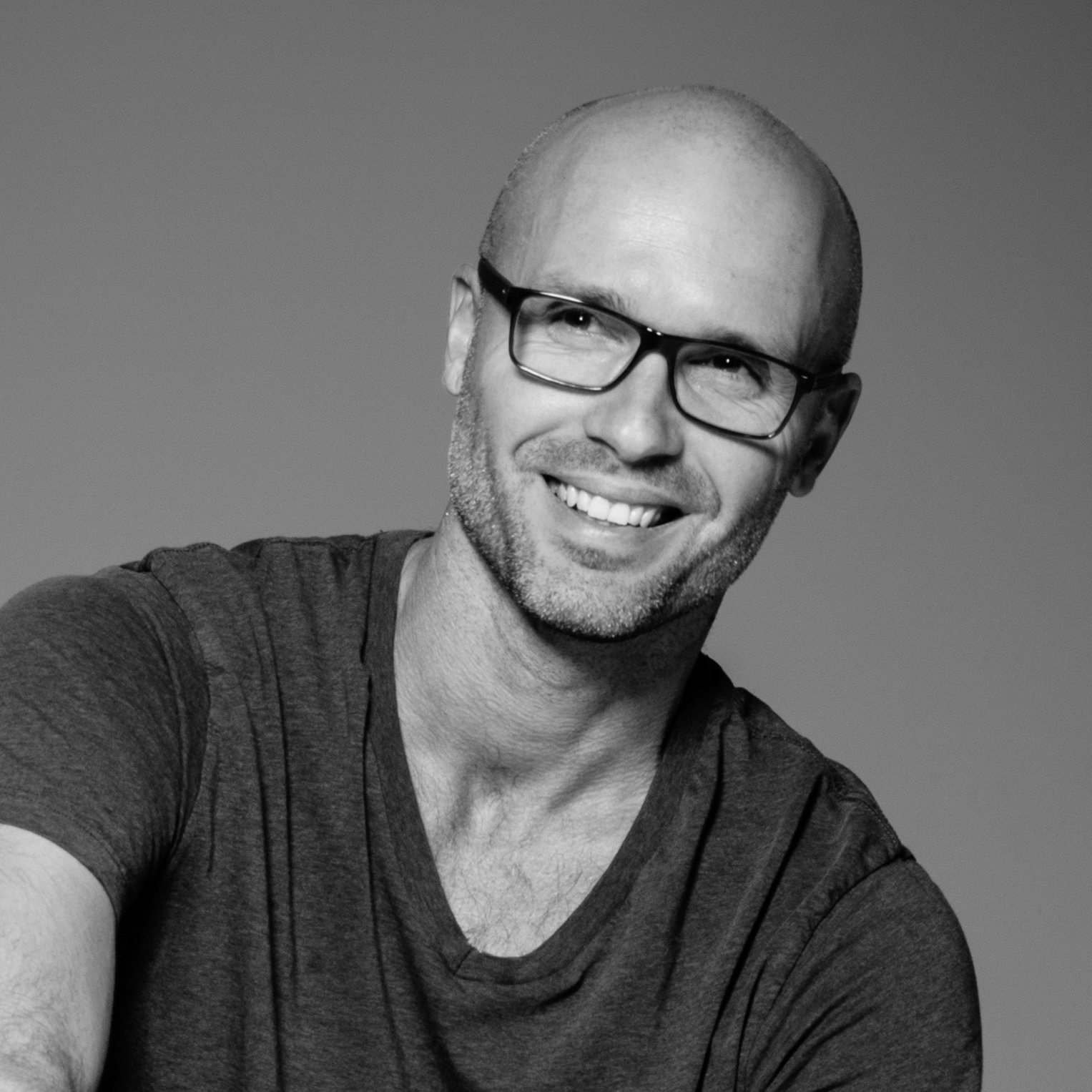
Kit is a seasoned Kiwi-born photographer with over 15 years of industry experience. Starting his journey in Christchurch, New Zealand, before moving to Melbourne, Australia, where he founded Kit Photography in 2012.
With a deep passion for photography that began in his early teens, Kit has honed his skills across various genres, including capturing people, products, and properties. His extensive experience allows him to tell compelling stories through powerful imagery, showcasing his technical expertise and creative vision.
Kit’s client-centered approach and friendly professionalism create a comfortable and dynamic atmosphere on every project. His ability to understand his clients goals ensures exceptional results and lasting professional relationships.
SERVICES
Corporate Photography

Professional corporate photography is essential to establish or enhance your brand and corporate image while connecting with your audience. Our service provides high-quality images that accurately reflect your company’s values, culture, and brand identity, creating a professional presence that accurately represents your business.
Find out more below about how our corporate photography packages can help you strengthen your business image and connect with your customers, stakeholders and employees.
Corporate Headshot Photography

Present yourself and your team in the best possible light with professional corporate headshot photography. We capture beautiful images of your professionals either onsite or in the studio, in a style that aligns with your corporate image, and individual personality. Create a natural and engaging first impression that best reflects your business with our corporate headshot photography.
